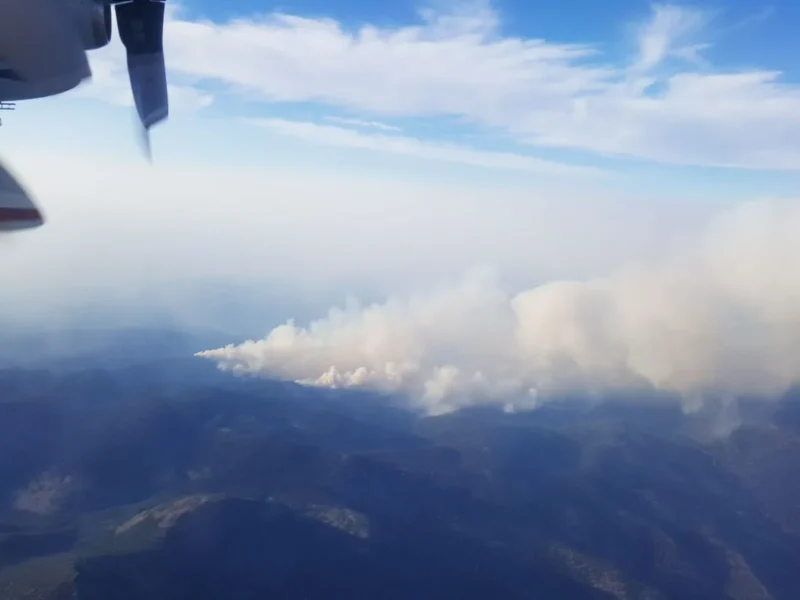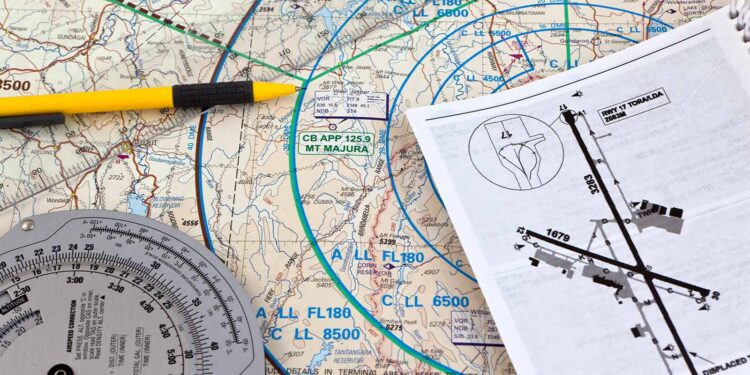So I have my first crack at setting up my own personal operating procedures (POPs).
The document is far from complete, but I’m looking for some early feedback from you, my beloved readers, as to if I’m heading in the right direction.
So without further delay, here is a copy of my POPs, version 1.0.


You are on a roll. Good understandable requirements.
I enjoyed reviewing your Personal Operating Procedures. I think it is wise for every pilot to think through their own personal rules and minimums even better to document it like you have. I am a big believer in the sterile cockpit and am surprised that is not taught to more students.
How about a Google Doc so we can all share comments? :) Excellent start! I’ve never made it that far with my own OPs.
The temperature restrictions might be too conservative for a light, fixed-gear piston plane. The biggest problem with cold weather is starting — if you can get the engine running and have an oil cooler cover, your engine doesn’t care if it’s cold, since it will makes its own heat, and a few thermal layers will keep you warm in the cockpit. If the control cables and surfaces move freely before takeoff, they should continue to do so, since there’s almost no moisture in the air to freeze them up. I’ve flown at -37 deg OAT with no issues; also, below -20 deg there’s virtually 0 chance of icing, and skies are usually clear. In a PA-28 or 172, you don’t have hydraulic systems that can freeze up, or retractable gear that can get stuck in the wheel wells. If, on the other hand, the OAT restriction is about surviving outside after a forced landing, then you need to consider the overnight low along your route, not just the daytime temperature during the flight.
Crosswind looks reasonable. My personal limit is 20 kt (I’ve gone a bit higher sometimes), but that’s for a Cherokee with low wings and a wide wheelbase — for a tippy, high-winged Cessna, even 15 kt crosswind can be too much sometimes.
You might want to emphasize that SVFR is unauthorized as part of flight *planning* — would you use it as a tool to get out of a bad situation and land safely if the weather got unexpectedly bad? (e.g. you’re 10 miles from Buttonville and vis suddenly drops to 2 miles), or are you assuming an IFR alternative?
The stable approach thing is good, but not always realistic at big airports with mixed GA and airline traffic, like YUL or YOW — at those, you’ll often be asked to go straight to threshold with little warning, and you’ll finish your turn from base to final just over the threshold at about 50 ft AGL. A long, stable approach would mess up all the jet traffic behind you.
You don’t have any IFR minima yet. My own have worked well for me over the past 8 years: I never leave on a flight unless my primary destination (not the alternate) is forecast to be at least standard alternate minima. For YOW, that means 400 ft and 1 SM (two ILS approaches); for YGK it would bean 600 ft and 2 SM (one ILS approach); etc. I actually modified that for when there is another airport in the same terminal area better approaches or better weather — for example, flying into YTZ, I keep in mind that I can go to YHM, YOO, or even YYZ if the island gets fogged in, so I’ll risk lower minima on the island if the others are OK. In 8 years, I’ve never had to miss and go to an alternate (though I came close once at YYB, when the ceiling dropped, and I just barely made out the required 2 approach lights at 200 ft AGL).
Do you want to add something about survival? I’ve never been good about carrying enough survival gear on board (tents, rations, etc.), but I do always ask my passengers to dress so that they’d be comfortable for a 2-hour walk through the woods in the weather that day, and could survive a night outside.
I’m looking forward to reading the next draft — this is great stuff!
Hi, Blake. Good start. As a 2500-hour IFR-rated private pilot, I’d suggest another section dealing with mechanical failure procedures. Over the years of flying, I’ve lost the mechanical fuel pump on a Comanche and had to resort to only the electric pump…how long would you go in this situation. I’ve had alternator failure in the same plane when a belt broke, then lost radios.
In my case, I believe in the “chain link” accident theory, and immediately change my plans to land as quickjly and safely as possible given weather and airport situations. On anotrher occasion, in a 210, couldn’t get a “gear locked” light, so chose to land on the grass next to a runway at a country airport, taking the time to jog the prop around until it was horizontal before we touched down…with no problem as it turned out, wire was pinched in gear.
Bottom line in all this: Having a rule that was “land promptly and safely as soon as condition is found” stood me in good stead.
Good luck! It’s an interesting site.
Joe